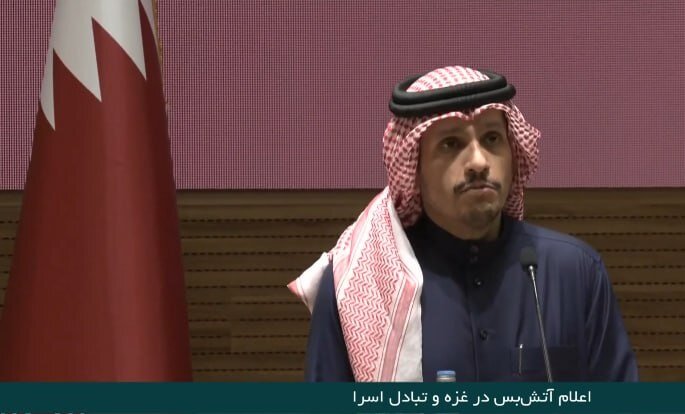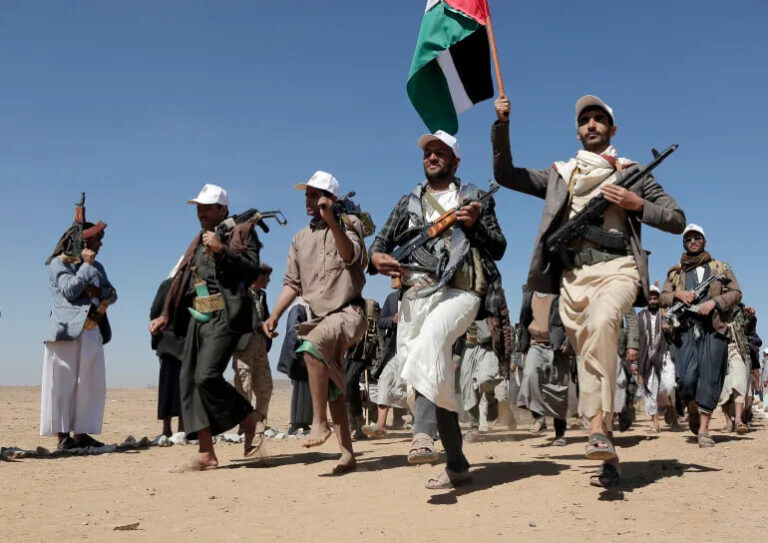Escalating Tensions: India and Pakistan Exchange Gunfire Amidst Kashmir Attack Fallout
The ongoing tensions between India and Pakistan have once again escalated, with both nations exchanging fire along the Line of Control (LOC). This significant development comes as the United Nations urges both sides to exercise “maximum restraint” amidst concerns of a potential military escalation, particularly following a recent deadly incident in Kashmir’s Pahalgam town.
According to Indian army sources, the shooting was initiated by the Pakistani side. However, a government official from Pakistan-administered Kashmir also confirmed to the AFP news agency that troops exchanged fire, without providing details on who was responsible for starting the altercation.
“There was no firing on the civilian population,” stated Syed Ashfaq Gilani, the Pakistani official, in a comment to AFP. This assertion highlights a critical aspect of the ongoing conflict, focusing on the safety of civilians amidst the military exchanges.
Here’s a closer look at the key points surrounding this development:
- Location of Conflict: The Line of Control (LOC) is the de facto border between India and Pakistan in the disputed region of Kashmir.
- Recent Incident: The current exchange of fire follows a deadly attack in Pahalgam, Kashmir, raising alarms about the potential for further escalation.
- UN’s Involvement: The United Nations has called for maximum restraint from both parties, indicating the international community’s concern over the situation.
- Claims from Both Sides: Each side has made claims regarding the initiation of the conflict, which adds to the complexity of the situation.
- Civilians at Risk: Officials from both sides have indicated that civilian areas have not been targeted, but the threat remains high.
The backdrop of this exchange is a long-standing history of conflict between India and Pakistan, primarily centered around the Kashmir region. Both nations claim the territory in full but control only parts of it. This geographical dispute has led to several wars and continuous military skirmishes over the decades.
In recent years, incidents of violence have surged, prompting international calls for dialogue and peaceful resolution. The UN’s request for restraint reflects a broader desire for stability in the region, as prolonged conflict could have dire consequences not only for India and Pakistan but also for the surrounding areas.
As tensions rise, it is crucial for both governments to consider the implications of their military actions. Here are some essential considerations:
- Diplomatic Engagement: Initiating talks could serve as a pathway to de-escalate tensions and address underlying grievances.
- Humanitarian Concerns: Protecting civilian lives should be a priority, and both nations must ensure that military actions do not endanger innocent populations.
- International Support: Engaging with international bodies or third-party nations could provide a neutral ground for negotiation.
- Public Sentiment: Understanding and addressing public sentiment in both countries is vital for maintaining peace and stability.
As reports of troop movements and military readiness circulate, the global community watches closely, hoping for a resolution that will prevent further loss of life. The situation remains fluid, with potential ramifications that could extend beyond the immediate conflict zone.
In conclusion, the recent exchange of fire along the Line of Control between Indian and Pakistani forces underscores the fragile nature of peace in the region. With UN officials urging for maximum restraint, it becomes increasingly important for both nations to engage in meaningful dialogue. The safety of civilians, the historical context of the conflict, and the potential for escalation are all critical factors that must be addressed to foster a lasting resolution.






